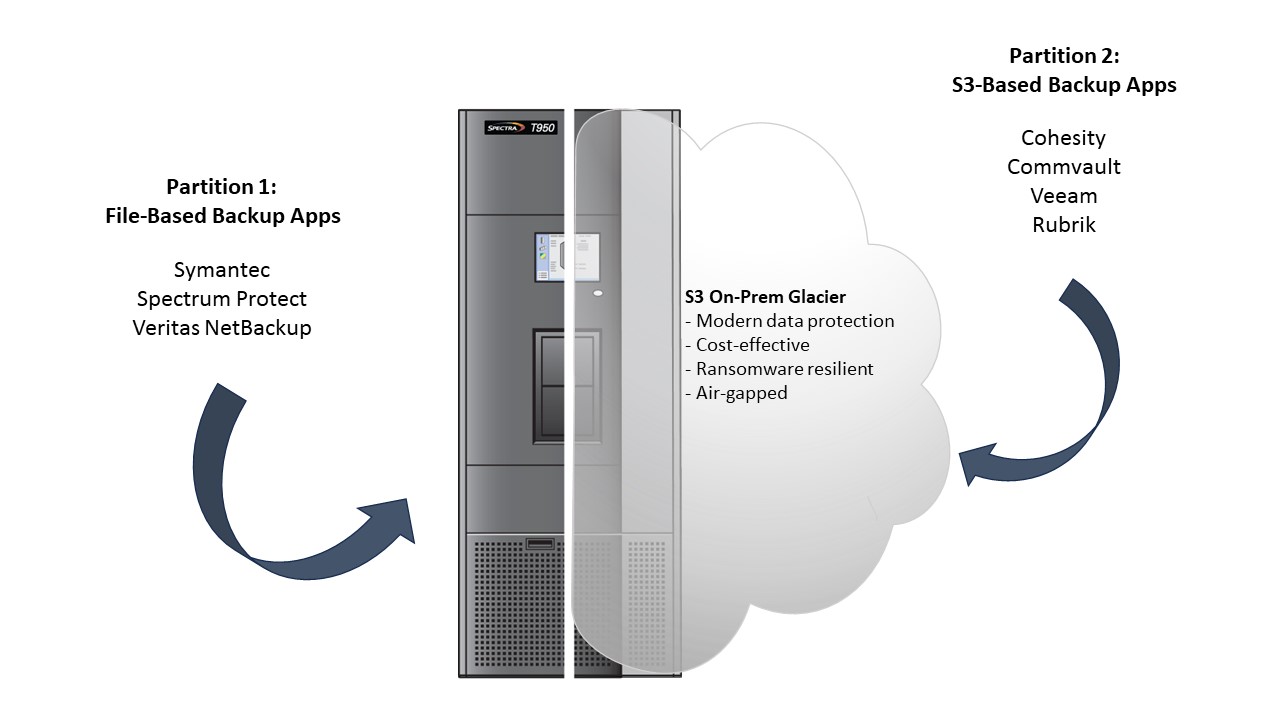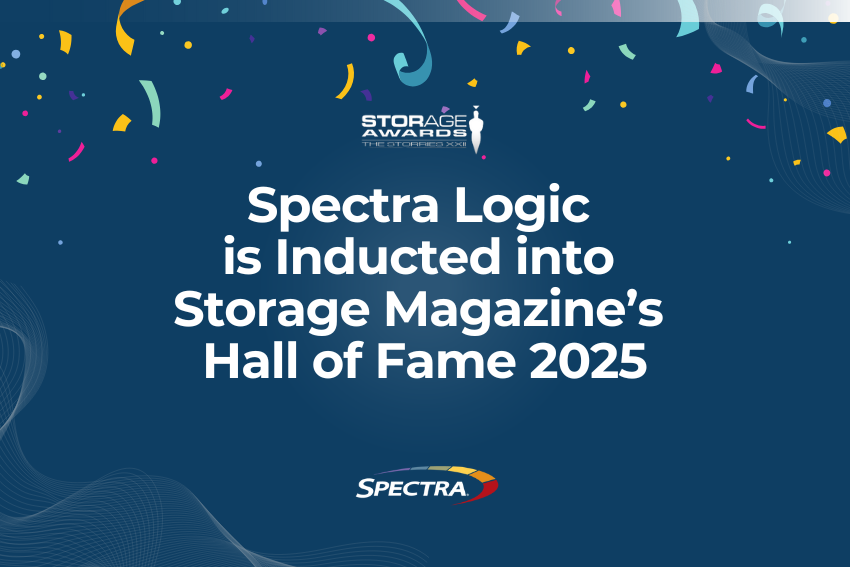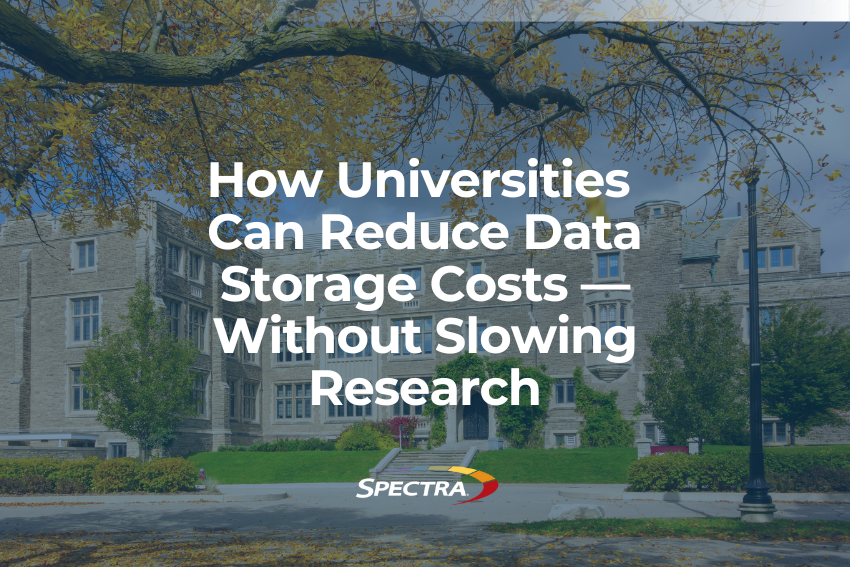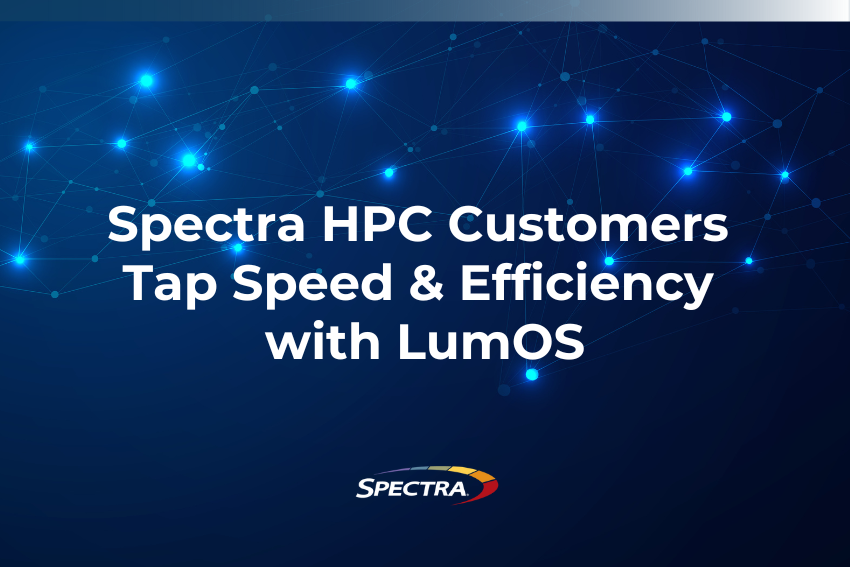
By Matt Ninesling, Director of Hardware Engineering, Spectra Logic
Tape has been a reliable and cost-effective way to store data that needs to be preserved for decades. As the storage industry has embraced new interfaces, such as object storage, the question comes up, “Is tape storage still relevant?”
Organizations wishing to optimize their data storage environments for backup and archive are drawn to the scalability and simplicity of object storage. Spectra has led the way in bringing this dynamic interface to the world of tape automation. Combining the flexibility of object storage with the reliability, security, and cost-effectiveness of tape technology is a true game changer in the world of long-term storage.
Why Use Object-Based Tape Storage?
There are many ways in which organizations are benefiting from using object-based tape storage. Tape is a cost-effective way to store large amounts of data. For long-term storage, tape offers the lowest cost per GB of any storage medium on the market. Likewise, tape is extremely reliable. LTO-9 offers better than 1×1020 uncorrectable error bits. In translation, that means better than 17 nines of reliability – not to mention its shelf-life is rated up to 30 years. Tape also offers a way to air-gap your data, meaning you can store a copy of data that is not connected to the network and is, therefore, immune to cyberattacks. These capabilities make object-based tape storage ideally suited to store large amounts of data long-term as an Object-Based Tape storage tier – whether as a target for cold archive and disaster recovery (DR) data or as an exceptionally secure repository for backup data.
This all adds up to great news for organizations looking for new ways to deploy proven technology. If a Spectra tape solution is already a part of your data storage infrastructure, upgrading it with Spectra’s object storage interface will allow you to readily unlock the power of modern applications while maintaining access to older data in your existing infrastructure.
How to Use Object-Based Tape Storage
There are two main ways to employ object-based tape storage.
- To support S3-compatible applications: S3 is a popular object storage protocol supported by many modern archive applications and data movers. Archive applications and data movers compatible with Standard S3 and Amazon S3 Glacier can move data to and from object-based tape for archiving or disaster recovery. This looks to the end user exactly the same as if they were using AWS Deep Glacier, but data is being written to an on-site tape library. A DR copy can be simultaneously made to public cloud storage. The solution provides all the benefits of the cloud from an ease-of-use standpoint, as well as the cost and ownership advantages of tape.
- To modernize your backup infrastructure: Modern data protection solutions that support S3 storage targets include Cohesity, Commvault, Rubrik, Veeam, iRods, and Globus. If you’re upgrading your backup infrastructure, leveraging Spectra’s object-based tape solution enables you to easily share your infrastructure between legacy and new data in a single system. For existing Spectra tape customers, this provides a seamless avenue to maximize the value of your existing data storage investment without needing a total overhaul of your hardware.
Spectra’s ability to partition tape libraries allows organizations to maintain traditional methods of backup/recovery/archive while simultaneously deploying S3-compatible applications. Older data is still available as needed – making the most of existing capital investments.

Summary
Spectra’s S3-compatible object-based storage interface allows tape to be a part of any hybrid cloud or on-prem storage solution. It’s an excellent option if you are looking for a reliable, cost-effective, and scalable way to store your data.
Contact us today to optimize your data backup and archive with object-based tape.






